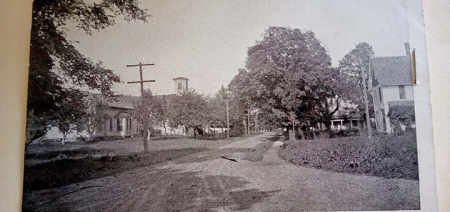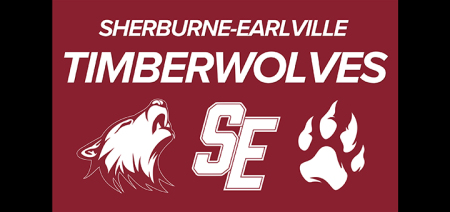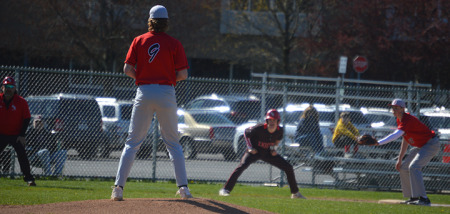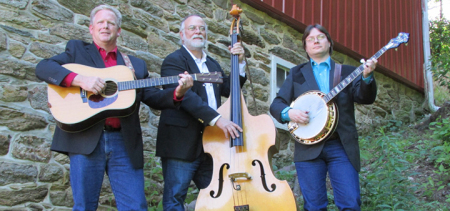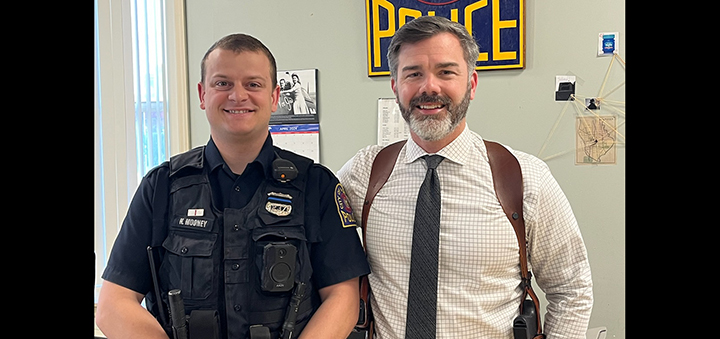You Already Pushed Your Luck, Now Don’t Push That Deer
Published:
September 30th, 2016
By:
Josh Sheldon
Last week’s column was about knowing your limitations as a hunter. Pushing those limits can really blow up in your face, especially for the new hunter.
It takes years to master bow hunting, even then you aren’t exempt from making mistakes. Gun hunting is a bit easier, but don’t fool yourself into thinking all shots will be a sure bet hit. Knowing that you have messed up and reacting properly is the true sign of an expert. A seasoned hunter knows that no matter how good you become, there is always room for error, and sometimes it’s not due to inaccuracy. What can new hunters do to stack the cards in their favor and what can seasoned pros do to improve their skills? There is always something new to learn, that’s as long as you don’t choose to stop. Be an ever-evolving hunter and never stop trying to improve; this is your best bet at avoiding disaster.
Hands down, the worse thing besides being injured afield is hitting and losing an animal. I can honestly say I can’t recall all the deer I have taken, but vividly remember every animal I have wounded and lost. The most important task to becoming a hunter is retrieving your hit animals, the problem is many focus hard on shooting practice, stand placement and scent control, yet never take the time to work on their tracking skills. This is the worst mistake you can make as a hunter and especially a bow hunter. A lost animal should be a wakeup call and hard hit to your hunter ego, if not, you are going about it all wrong.
Bow hunting is definitely one of the hardest things you can attempt to specialize in. The truth is, you can never really master it and, sooner or later, something will go wrong. The closest gauge as a measurement of mastership is your reaction to the shot. Let’s say, in this scenario, it’s a new hunter and seasoned hunter taking identical shots and why their reactions will and should differ.
It’s your first bow season and you have done all you can to prepare for the hunt. You see a deer approaching and make it to full draw. The animal stops broadside and offers you the perfect shot, which you take. You are sure it was a hit but weren’t able to see exactly where. What do you do? The best reaction is to give at least half an hour and get out of the woods without spooking the possibly wounded animal. Do not try to find your arrow or blood, absolutely do not try and track the animal and at all cost leave the woods in the opposite direction the deer headed.
Let’s say I took the same shot. I would wait at least half an hour unless I saw the deer drop or heard it crash. This goes the same for a new hunter. If you see the animal go down and it hasn’t moved in 10 minutes or so, it’s likely dead and you can cautiously approach, making sure you are ready to shoot again. As for hearing a crash, it was obvious to me the first time I heard it and I instantly knew that the deer had expired. You can easily hear every bound, then it goes out of sight and there is a lot of thrashing and crashing sounds followed by total silence. I have never heard this and not found the deer. I still track it down, mostly to find my arrow, but also just in case I somehow can’t locate it and need to marker tape the area. I would then get up and slowly approach the spot on the ground that I made sure to mark in my head after the shot. I look for hair and first blood and if none is immediately found, I leave the woods for at least six hours as the new hunter should do every time. If I find blood, I can determine where the animal was hit from the color and consistency of it, which is nearly impossible for the new hunter. Again, if I don’t like the color or volume of blood I see, I will back out for six hours.
After either you or I back out, it’s best to contact the best tracker you know. NEVER have an inexperienced person help and, even worse, someone in a hurry. In both cases, they will more than likely screw things up by either covering up sign or giving up too soon. Go back alone if you can’t find anyone else to help and go as slowly as possible. Pay attention to the story the arrow tells, depth of penetration and color/amount of blood on it. If it is fairly pink in color with bubbles in it, you likely hit the lungs, if tons of small drops are everywhere to both sides of the animal and a nice dribbling line to the center, you likely hit the heart and it’s bleeding out of both sides and its mouth. If only patchy dark spots are found without the presence of stomach contents and white hair, it is likely a muscle hit. On the first two animals, I would just move with a purpose and find the deer, while on the last two, I would move as slowly and carefully as possible. I scan the brush ahead trying to spot the animal and make a second shot if needed. If you jump the animal, back out and repeat the six hour wait. I have found many wounded deer this way and I’m sure if you don’t push the deer, it will be found nearby if fatally hit. In most cases if you keep pushing it, you will almost be guaranteed to lose the blood trail unless there is snow on.
Beware of equipment failures and inspect it if a miss or not so hot hit is made. This could prevent wounding another animal.
Good wishes this Saturday bow opener, and remember to back out and seek experienced help if you think you may have made a bad hit.
Author: Josh Sheldon - More From This Author
Comments

